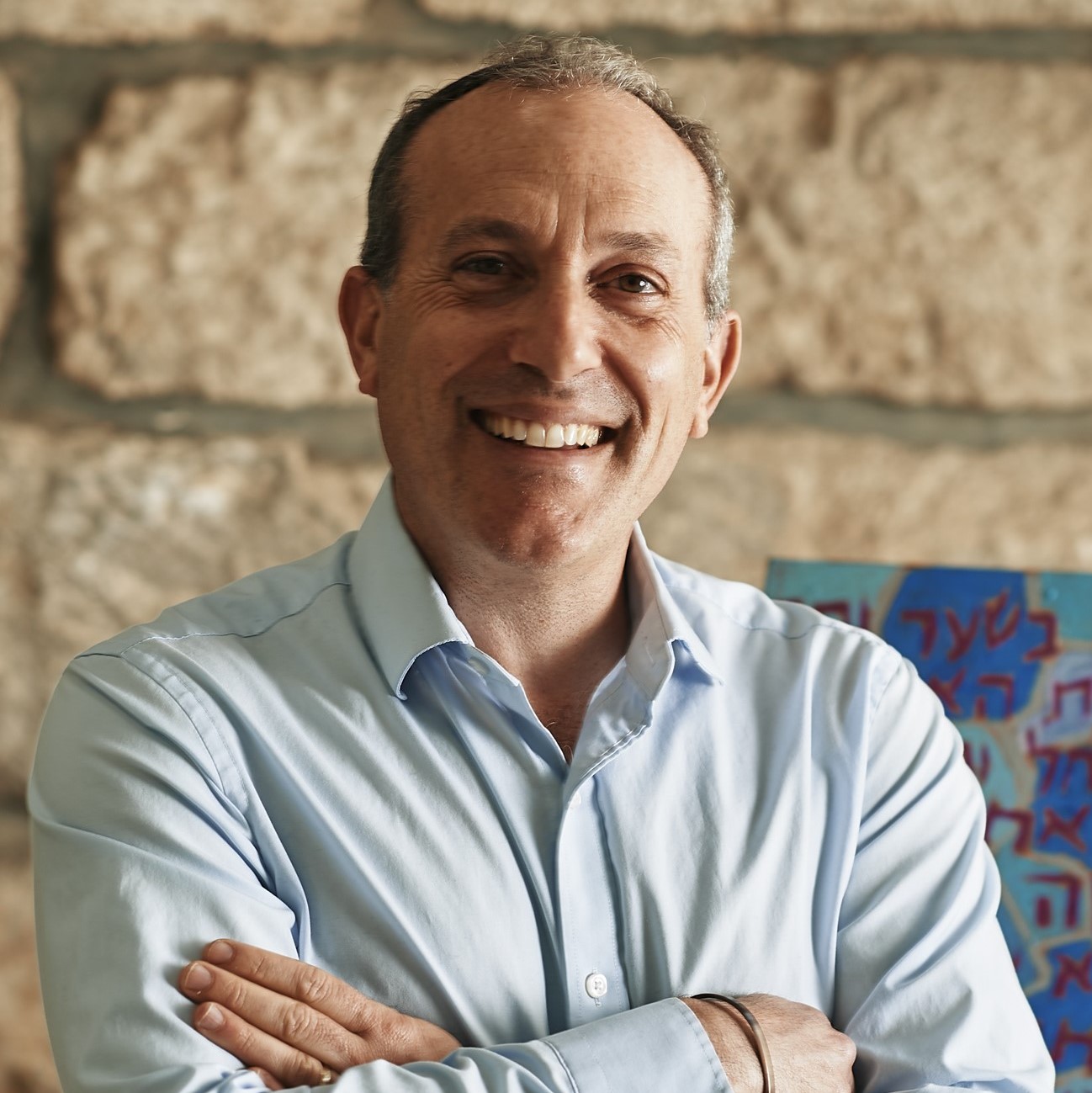Choosing a Different Jewish Path

Two weeks ago, one of my students remarked that it is difficult to be a student of Torah. When he told a friend of his that he learns Torah on a regular basis, the friend responded in an astonishing and belittling way: “What are you, some kind of born-again Jew?” After hearing of this student’s experience, I conducted my own informal survey asking other students how friends and family have responded to their personal journeys of Jewish learning. Across the board, I was told that the perception was negative. They received comments like, “You have gone off the deep end” or “Sounds like some right wing bible study group to me” or “Don’t you have anything else to do with your time?” — and all this from fellow Jews. These responses are tragic. In my mind, these comments are indicative of two phenomena plaguing the Jewish community — the first, a lack of learning and understanding of identity and tradition and the second, an inability to appreciate a path that diverges from the mainstream.
It is for this reason that Parashat Naso’s description of the Nazirite spoke to me this year. Who is a Nazirite? A person who takes a vow for a limited period of time (a minimum of 30 days) to abstain from grapes, wine or any derivative thereof; to refrain from cutting his/ her hair and to avoid all contact with the dead. Ostensibly, it would seem that the Nazirite is aspiring to a higher level of holiness — and so separates from the community and sanctifies the self to God. Although rabbinic opinions are divided on the virtues of this practice, it is an intriguing case study that speaks to an individual who chooses a path apart from the mainstream. Numbers 6:1—2 states, “God spoke to Moses saying, ‘Speak to the Children of Israel and say to them, a man or woman — when s/he sets himself apart to utter a Nazirite vow and set himself to God…” The Hebrew words that is employed ‘to set one’s self apart’ is yafli (yud—pey—lamed—aleph). And although it can be understood as ‘separating one’s self from’, it may be understood as Ibn Ezra, a medieval Spanish exegete explains: the root pey—lamed—hey means “wonder”. Ibn Ezra continues, “this person’s action is a wonder because most people in the world act in accordance with their desires and lusts, and this person acted in exactly the opposite way: forbidding himself that which the Torah permitted.” This individual is truly unique; s/he is a wonder.
So too with those learning Torah in our community. Although their commitment is not as stringent as that of the biblical Nazirite, it is just as substantive (and perhaps longer—lasting). For one who sets aside time to learn Torah is both an individual who is distinct from others and a wonder. In a world in which it is all too easy to follow the mainstream, the Jewish community needs to commend those who take a path separate and apart. My hope in the future is that when my students are confronted by those who disparage their Jewish journey, they will be able to confront the challenge by speaking from their hearts and souls about the worlds they have discovered through their studies. These students may speak of how Torah clarifies their own values and beliefs; they can discuss how Torah has deepened their own relationships to their peers and family; and they may demonstrate to their children that learning Judaism is a lifelong endeavor. All Jews are heirs to a treasure that we call Torah. Still, it is only students of Torah that understand the value of that treasure and benefit from turning its jewels over and over.
The publication and distribution of “A Taste of Torah” commentary have been made possible by a generous gift from Sam and Marilee Susi.



